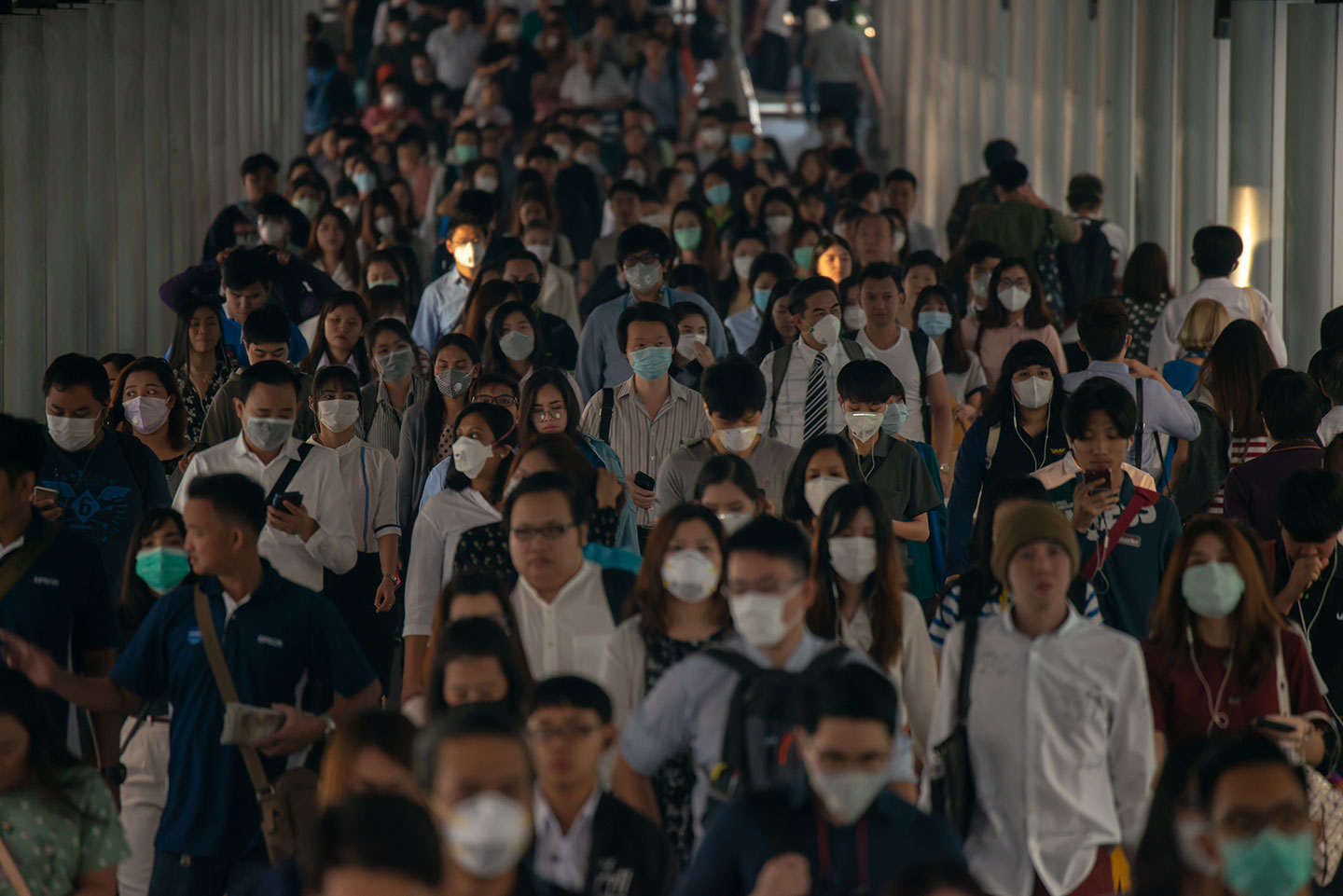On Labour Day, we honour the achievements and contributions of our workers. The past year and a half has been especially hard with many finding themselves adapting to the pandemic and the new normal. Some were laid off, some were furloughed, while some others took this opportunity to reflect and upskill themselves to be more relevant in today’s technology-driven workforce.
With impending pressure to perform amidst the tight labour market, many employees may find themselves connecting to work matters through communications technology more often than before.
While Labour Day is a day designated for workers to rest, many are still very much connected to their jobs via technology. What are the pros and cons of this job connectedness? Do the benefits of productivity outweigh the costs of mental health?
Higher preference for working remotely among Singaporeans
With work-from-home (WFH) arrangements, boundaries between work and personal lives become increasingly blurred. Surveys showed that without commutes, individuals are actually logging more hours for work.
Research conducted in partnership with Microsoft and the Boston Consulting Group, which involved 9,000 managers and employees from firms across 15 European countries, found that remote work arrangements allow employees to be more productive as they are better able to craft an environment that is aligned with their personal preferences.
According to the study, this extends to things like the choice of work attire, the availability of pets, and the ability to personalise their workspaces.
Eight in 10 Singaporeans also prefer to work from home or have more flexibility according to a survey commissioned by The Straits Times among nearly 1,800 people, further supporting that connecting to work remotely is the way to go forward.
WFH arrangements lead to decrease in mental health
Yet, various studies found WFH arrangements to be related to a decrease in mental well-being as well.
A Workplace Resilience survey of 1,407 respondents found that Singaporeans working from home feel more stressed than frontline workers, as it becomes challenging to maintain high levels of productivity for work while performing caregiving duties.
A Qualtrics study also found WFH arrangements to be one of the factors contributing to a decrease in mental health among Singaporean workers. Unscheduled calls become more normalised, and virtual meetings are so easy to set up at short notice that workers find themselves having to be available for work-related tasks even during their personal time.
It all lies with perceived control over boundaries
So how do we reconcile these findings? How could we give workers the flexibility they need to remain productive, without affecting their mental health negatively?
My research on job connectedness found that employees’ well-being increases when they have perceived psychological control over their work-life boundaries. In other words, when they believe they have autonomy over what, when, and how to perform their work tasks, their job satisfaction increases, while their level of burnout decreases.
Productivity increases too, when they are connected to job matters according to their innate preferences. For those who wish to integrate work and life boundaries (i.e., attend to personal matters during working hours and vice versa), scheduling last-minute Zoom calls are okay if that means they get to run personal errands during other hours.
For those who wish to keep their work and life boundaries separate, a control over working hours will reduce their work stress.
You have to tailor-make job connectedness
Rolling out flexible work policies thus has to be done mindfully. Understanding unique challenges faced by team members at home and leading with empathy could yield beneficial results.
Interactive team calendars can be employed, where individuals could block out certain times for personal errands, or simply a “meeting-free” block to work on their individual tasks without interruption.
Virtual meetings are then arranged during those available timings, with ground rules set in place regarding the topics of discussion and preparation time prior to the meeting.
Catering to multiple preferences can be challenging, and this system requires trust and transparency among employees and leaders. Management needs to signal that it is okay for workers to block out personal time, and workers need to manage that trust without lowering their productivity. Ultimately, aligning expectations with preferences is key.
The road ahead is bumpy as we struggle to find our new definition of work-life balance, but if done carefully, we can thrive in these new times to celebrate workers to be as happy, healthy, and productive as they can be.




